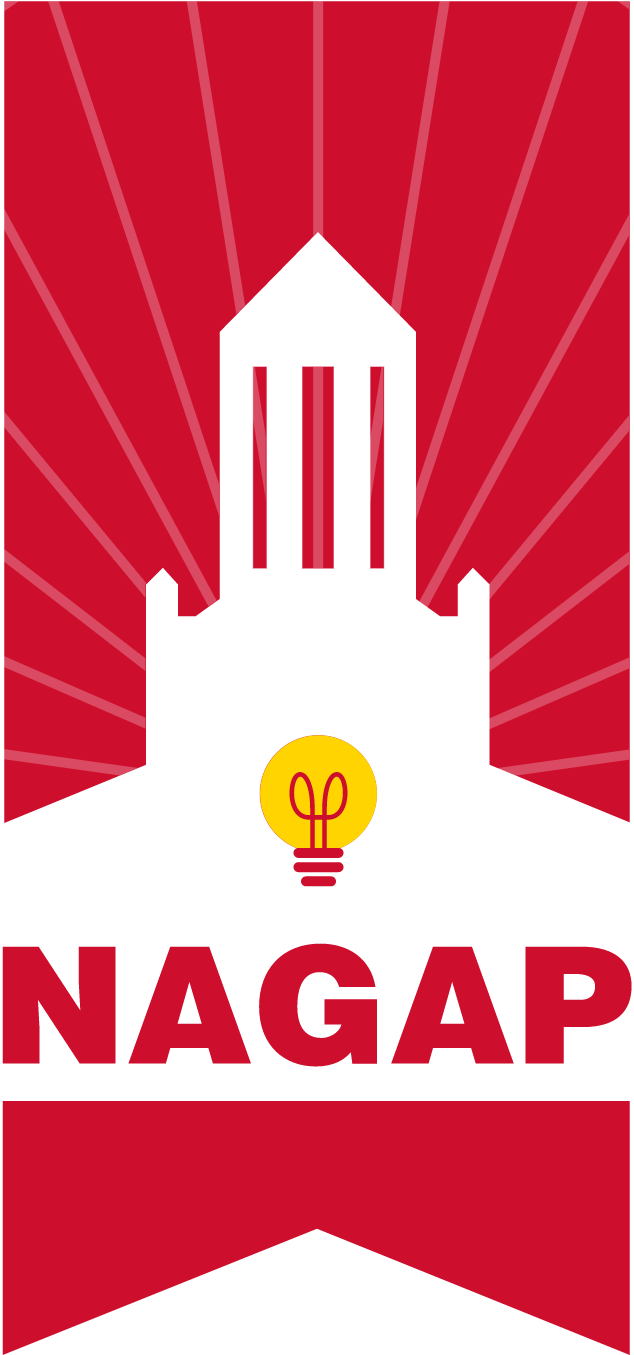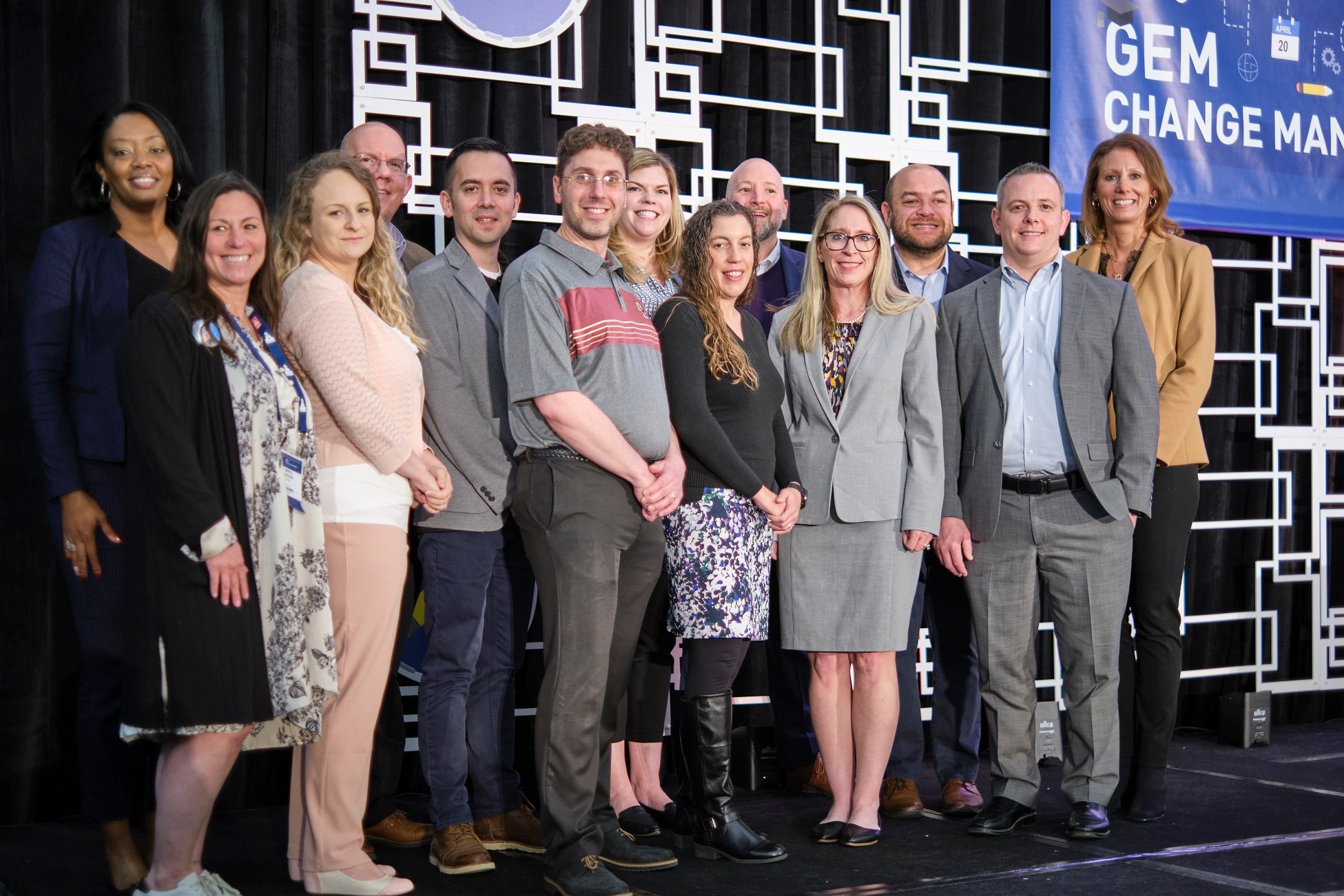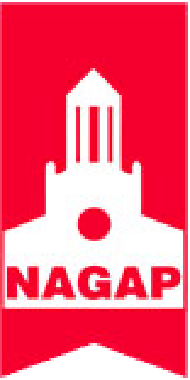Duolingo English Test (DET) data shows more people are taking its digital-first test in far more places than traditional test centers serve, indicating both new and rebounding interest in pursuing international education. It’s unlikely that students will welcome a return to the status quo of in-person testing when assessment technology has proven that high quality at-home testing is possible for hundreds of thousands of students, more and more of whom are pursuing graduate degrees.
International enrollment trends suggest high demand for graduate study
English proficiency testing is an early sign of enrollment trends as it is completed well in advance–sometimes a year or more–of when a student submits their application. The increasing number of DETs taken year-over-year (YoY) suggests a universal increase in desire for study abroad. Between 2020 and 2021, the number of test takers stating intent for graduate study increased by 42%, and this past year saw another substantial increase, growing 26%. These data suggest that the upward trends in applicants and enrollments that both the Council of Graduate Schools (CGS) and the Institute of International Education (IIE) reported last year are likely to continue.
According to CGS Application and Enrollment’s 2022 Report, international graduate applications increased for the third year in a row, with the total number of international graduate applications received by U.S. degree-granting institutions up by 12% between fall ‘20 and fall ‘21. At the same time, CGS reported that the number of students enrolled for the first-time in U.S.-based graduate programs nearly doubled.
This stands in contrast to the 39% decline in first-time international graduate enrollment between fall ‘19 and ‘20, a decrease that was largely due to the pandemic. It has been difficult to predict what effects the ongoing pandemic would have on enrollment numbers, but encouragingly the recent, dramatic increase reported by CGS brings first-time international graduate enrollment in fall ‘21 rebounding to pre-pandemic, fall ‘18 levels.
The upward trend in graduate enrollment is also confirmed by IIE Open Doors’ findings—reporting that for the first time since the 2010/11 academic year there are now more graduate students than undergraduate students. Additional insights from this data based on places of origin and academic level, coupled with DET trends, paint a promising picture for graduate recruitment.
Traditional and emerging markets are key to resilient pipelines
Demand for international education, pent up following the severe travel restrictions that resulted during the first year of the pandemic, is particularly strong in India: It’s now the top country for DET takers, having overtaken China, with more than a 75% YoY increase in Indian students certifying their English proficiency.
Consistent with historical trends, India's enrollment growth is largely driven by graduate students, which is up 48% YoY—but the percentage of enrolling undergraduate students is also growing significantly, having increased by 16% between 2020 and 2021 (IIE Open Doors). Meanwhile, though Chinese graduate enrollment has begun to rebound slowly at 4% this year, the overall decline in enrollment is largely driven by undergraduate enrollment (down 13% YoY) (IIE, Open Doors).
While continuing to support robust, mature markets that back US university enrollment numbers, it is important to anticipate potential market shifts and think about diversifying within the international student pipelines. Take Nigeria, for example, a country identified by the latest Open Doors report as an emerging market, where Graduate level DET test takers increased 125% YoY between 2021 and 2022.
International graduate students sustain US STEM programs
First-time graduate enrollment is increasing across all fields of study. This is especially true in the fields of Mathematics/Computer Sciences and Engineering, both of which traditionally enroll large numbers of international students. First time enrollment increased substantially between fall 2020 and fall 2021 in each of these fields—by 193% and 124% respectively (CGS, 2022). Consistent with these findings, DET takers identify STEM and Business as their top intended fields of study.
This is good news for higher education, as international students are critical to the success of US graduate education. For some fields, especially STEM, international students’ tuition sustains entire programs—indeed, many graduate programs would be unavailable for American students “without the tuition, research assistants and economies of scale provided by international students.” (Forbes, 2021).
Lowering barriers for international graduate students is essential to success
Maintaining and diversifying international enrollment pipelines will be necessary for the continued success of US higher education, the students it serves, and the economies it feeds. Yet it’s well known that testing can be a barrier to international study for many students who would otherwise thrive in these programs—and who would, in turn, help ensure the continued success of those programs.
Digital testing, led by Duolingo, can help institutions lower barriers for students to access university. The digital-first DET met a need during the pandemic; it is now a preferred assessment method, as indicated by steady year-over-year growth in test takers. And this is not just limited to major metro areas! Since 2021 we’ve seen students certifying their English across the globe and from over 20,000 different cities.
Institutions recognize that they will continue to need accessible, resilient testing options. Digital, on-demand assessments like the DET can help sustain and diversify their international student pipelines into the future, which ultimately creates a more robust campus experience or students and campus communities in addition to meeting bottom lines.
We can continue to support these upward trends by reducing barriers to accessing graduate education. Adopting tools that allow institutions to effectively, efficiently and equitably identify, recruit, and enroll the most talented students from around the globe will be essential to providing a high-quality graduate educational experience that fuels discoveries, advances scholarship, and meets the evolving needs of employers.

About Lindsay Addington
Lindsay Addington brings her vast experience as a university admission officer and higher education association professional to the Duolingo English Test team where she focuses on recognition of the exam among U.S. graduate programs. At the National Association for College Admission Counseling (NACAC), Lindsay led the organization's global engagement efforts to grow international membership, build strategic partnerships, and enhance education and training in support of professionals working with internationally mobile students. At the American Council on Education (ACE), Lindsay conducted research and developed programming to support campuses' comprehensive internationalization efforts. Prior to that, Lindsay worked in international student services and international recruitment at the George Washington University (GW). Lindsay holds her master's and doctorate from GW in higher education administration and a bachelor's in communication from the University of Delaware.





